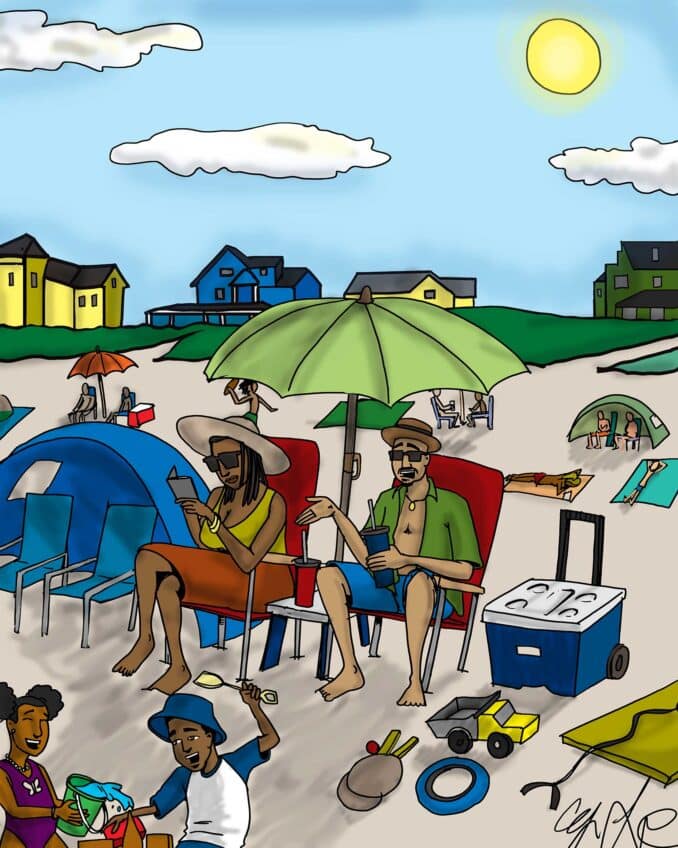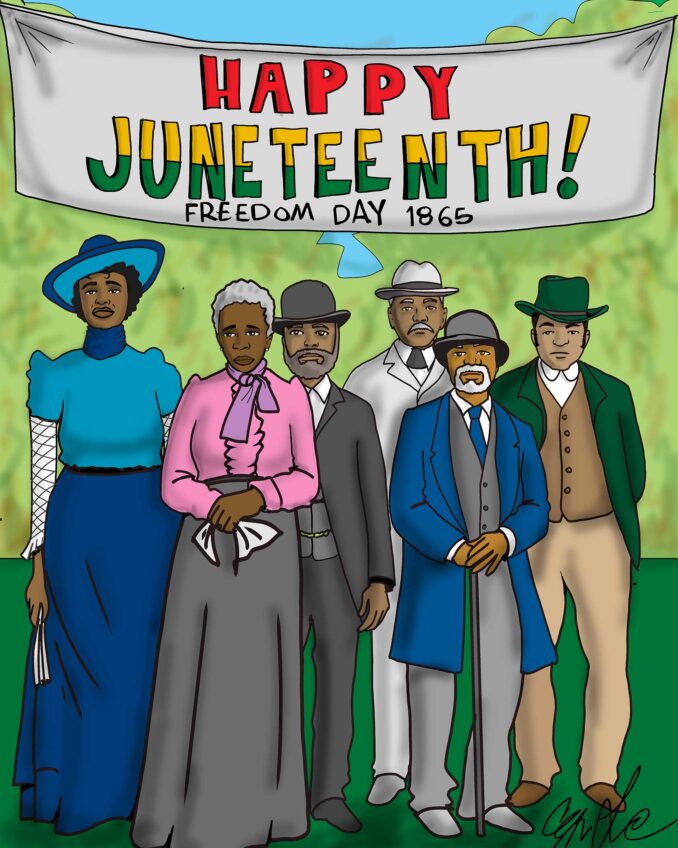The level of academic achievement of American youth is a major public policy concern. When considering the problem, the most prominent issue that arises is the racial disparity in academic attainment. Undoubtedly, some analysts attribute the results to racial intellectual inferiority of blacks, although they are restrained by political correctness from asserting this openly.
Scholars have recently published a unique analysis of the problem in the Journal of Human Resources. Their study, “Non-cognitive Skills and the Gender Disparities in Test Scores and Teacher Assessments,” claims that the feminization of behavioral standards in schools has damaged boys, regardless of race. Teachers expect students to be attentive, sit still and work independently, all skills developed first by girls.
The study of boys and girls in primary school (kindergarten to fifth grade) found that “teachers’ assessments are not aligned with test-score data, with greater gender disparities appearing in grading than testing outcomes.” They found that these disparities applied to “boys in all racial categories” especially in math and science.
Black boys and girls scored roughly the same on math tests, but the boys received lower grades. Researchers concluded “that girls are substantially more amenable to the learning process than boys, and that this non-cognitive skill is a significant factor in teacher assessments, even after controlling for test outcomes.”
An unappealing school environment and non-competitive grades contribute to boys’ aversion to the academic life. Colleges and universities have struggled for some time to recruit an adequate number of male applicants. In 1976, the percentage of black male students in historically black colleges and universities was 44.4 percent. By 2010, that percentage had declined to only 38.2. Now, on average, 62 percent of the students are women, and the ratio is even higher in some schools.
The gender gap also afflicts white college students. According to The Chronicle of Higher Education, the white student population is only about 43 percent male. Higher graduation rates for whites – 60 percent to 40 percent for blacks – suggest that white college students are from a higher socio-economic group than blacks.
Information developed in the Journal of Human Resources study established the economic level of the children who participated in the research. The study found that white boys from higher income families suffered less discrimination in grading because they had exhibited “the same attitude towards learning as white girls in the classroom [and] are rewarded with a kind of grade ‘bonus.’ “
The report concludes that from kindergarten, black boys are forced to adjust to a feminized school environment and suffer grade deflation throughout their primary school years. Media reports later characterize them as being deficient when compared with white students, the alleged gold standard of academic performance.
However, it is well-known that Asians are the highest-performing academic group in America. This includes Chinese, Koreans, Indians, Japanese and Filipinos. For example, in New York, only 14 percent of the city’s public school students are Asian. Yet last year, 8,549 of the students admitted to the prestigious Stuyvesant High School, the Bronx High School of Science and New York City’s six other exam schools were Asian. That is 59 percent of the total 14,415 admissions.
The Journal of Human Resources report has broken new ground in analyzing the impediments to black academic achievement, especially for boys. It is time to resolve the problems and look to Asian cultures for a model for academic success.






